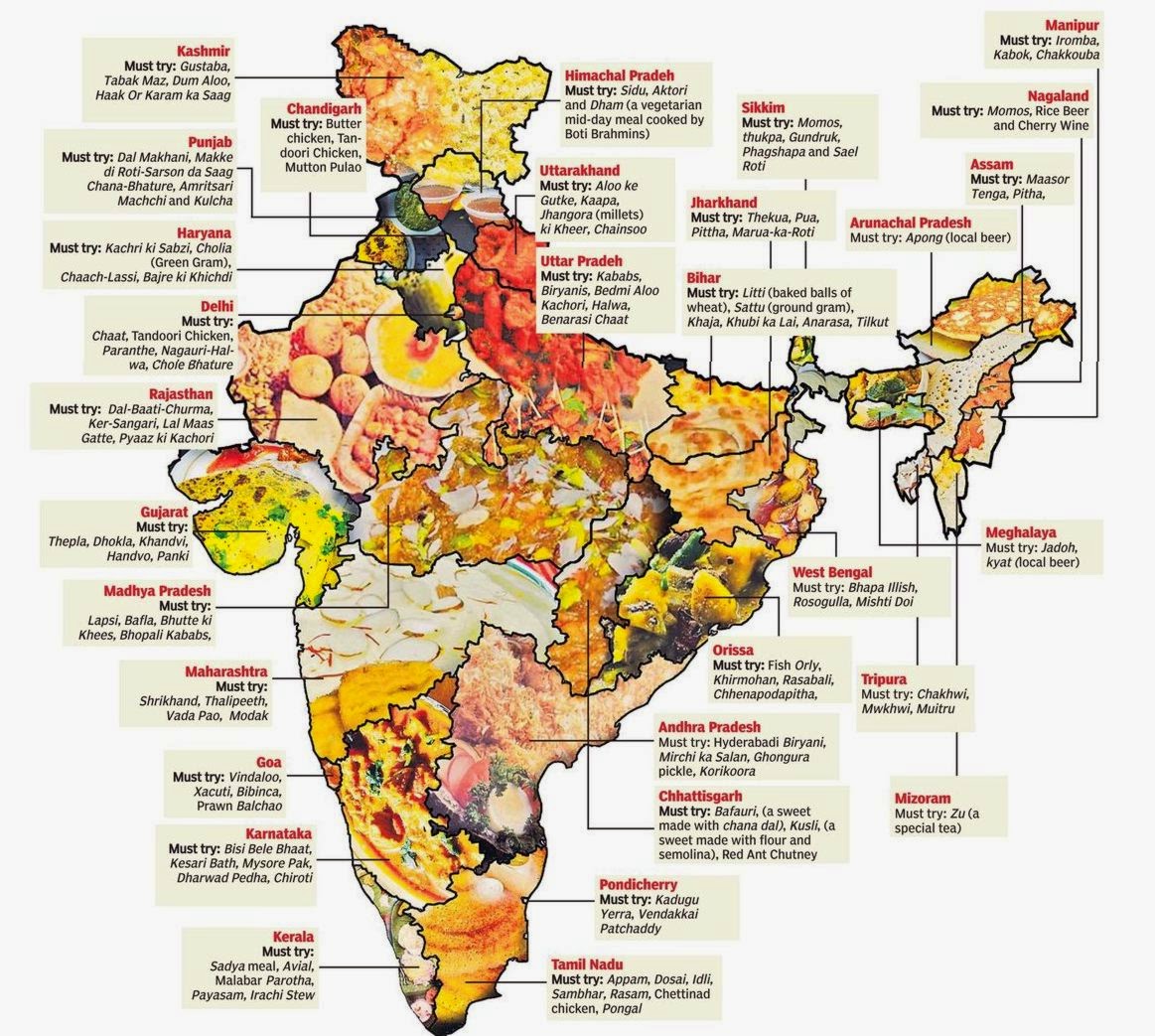I imagined my first food truck experience to be straight out of the freewheeling Jon Favreau’s 2014 film Chef, taking me to melty cheesy barbecued heaven and even though it wasn’t by a beachside promenade in San Francisco and on a leafy bylane of Indiranagar, Bengaluru instead, I was not complaining.
Salivating at the thought of a freshly grilled and juicy chicken steak burger and onion rings from the Spitfire BBQ truck, I made my way to 6th Main, Indiranagar.
The last thing I expected in this gastronomic idyll was an ugly run-in with the local authorities and the very serious problem that this burgeoning business of food trucks in the city is facing, something that could shut down this novel enterprise altogether.
I entered a scene of chaos. There were hungry diners in queue, waiting for their food, three cops in their police van, making rude gestures to shut down operations and the last wonderful smells of freshly grilled meat dying out as the grill was extinguished and the back doors of the truck closed, signalling the end of the evening.
As I followed the truck away from the main road into a quiet alley by a park, I met the two harried partners of Spitfire BBQ, Siddhant Sawkar and Pratika Binani and tried to understand what the problem was. The lack of any existing laws or licences around food trucks in India makes them operate in a grey area where they are neither breaking any laws nor conforming to them. More than anything else, it makes these upcoming young startups ripe for exploitation by every neighbourhood police authority, residents’ association or even other fixed commercial establishments. “Anyone can slam a case for anything ranging from ‘public nuisance’ to disruption of peace. In fact someone even complained to the cops saying that we were blocking his view...and the view from his house was of a bar across the street!” says Siddhant.
While Spitfire BBQ’s three-day stint at Indiranagar was part of their Save the Food Trucks drive, there is clearly a problem here and laws need to be put in place to protect as well as nurture these small startups which could portend exciting things for street food.
Spitfire BBQ comprises a young and enterprising duo who started their business from scratch, outfitting the truck themselves and launching their food dream of classic American-style fast food on wheels. Siddhant is the chef among the two who believes that quality produce goes a long way and in keeping with this idea, every aspect of their menu is handcrafted from scratch. Not only does he make the bread for the burgers himself, each burger is stuffed with a freshly cooked chicken steak hot off the grill. Everything is carefully sourced from local farms and Siddhant maintains high quality controls and consistency across his menu which keeps changing depending on the availability of ingredients. At one point, he was curing his own meats and even making his own cheese. However that was very hard to sustain as a business model especially since they plan to scale up and are looking at franchisee options.
Comparisons with Jon Favreau’s food truck in the film are inevitable and it is interesting that a whole two weeks after watching the film, Spitfire BBQ actually did their versions of the famous Cubanos or Cuban sandwiches, thus “giving the film free publicity,” says Siddhant.
Their menu ranges from sliders to burgers, onion rings to hot dogs with new stuff constantly being added to the list. Evrything carries Siddhant’s trademark ‘dude food’ style as well as a bit of Southern Italian flavours. So between driving around the city, dealing with the cops and irate neighbours, engaging with their customers (four groups came up to them while I was chatting with them) and cooking, the Spitfire BBQ guys have much on their plate and plans to increase their tribe as well. With competitive pricing (Rs 90 - Rs 300), this food truck encourages you to come out in support, eat their food and get some sauce on your chin!
This piece appeared in The New Indian Express Bangalore on 14 February, 2015




